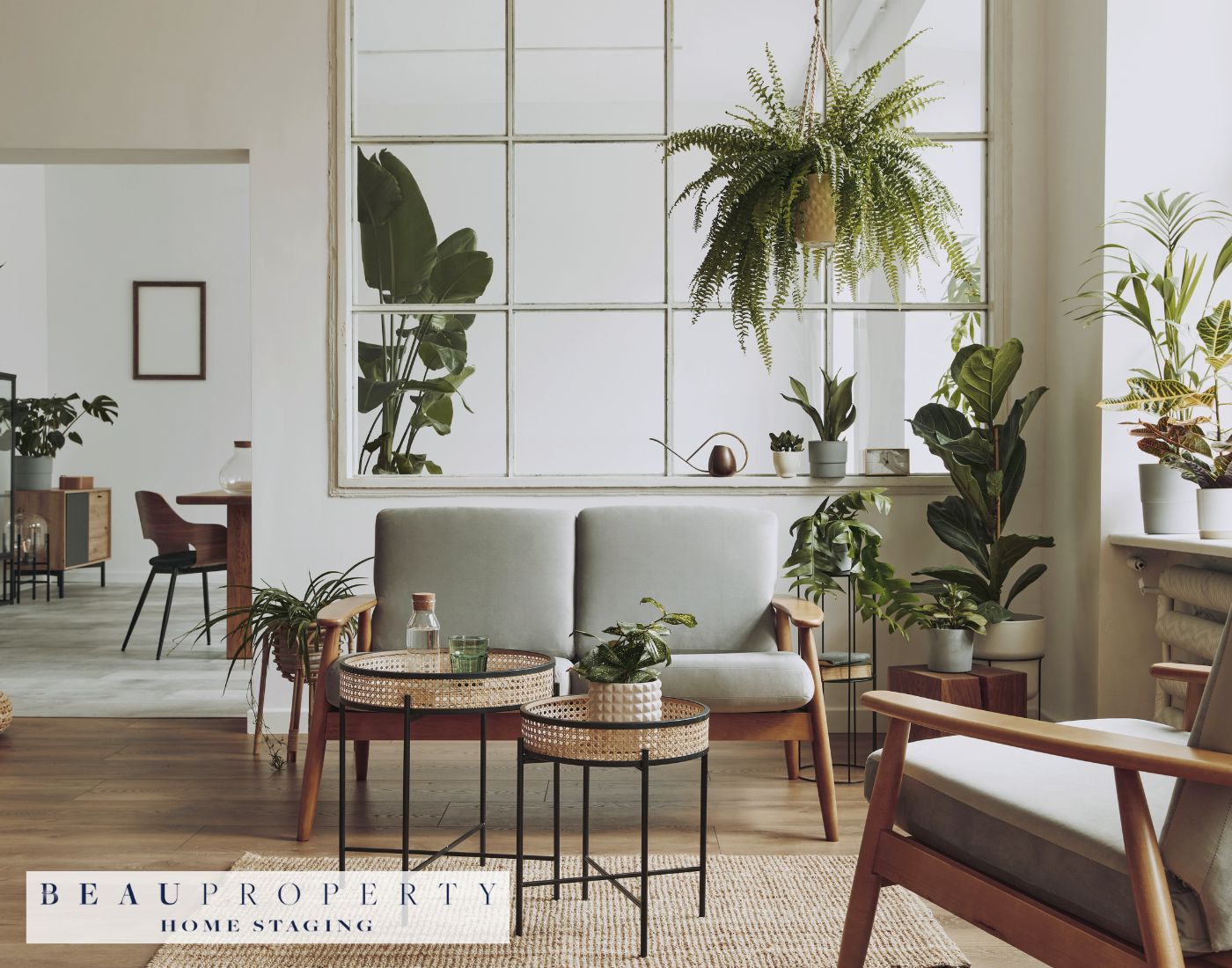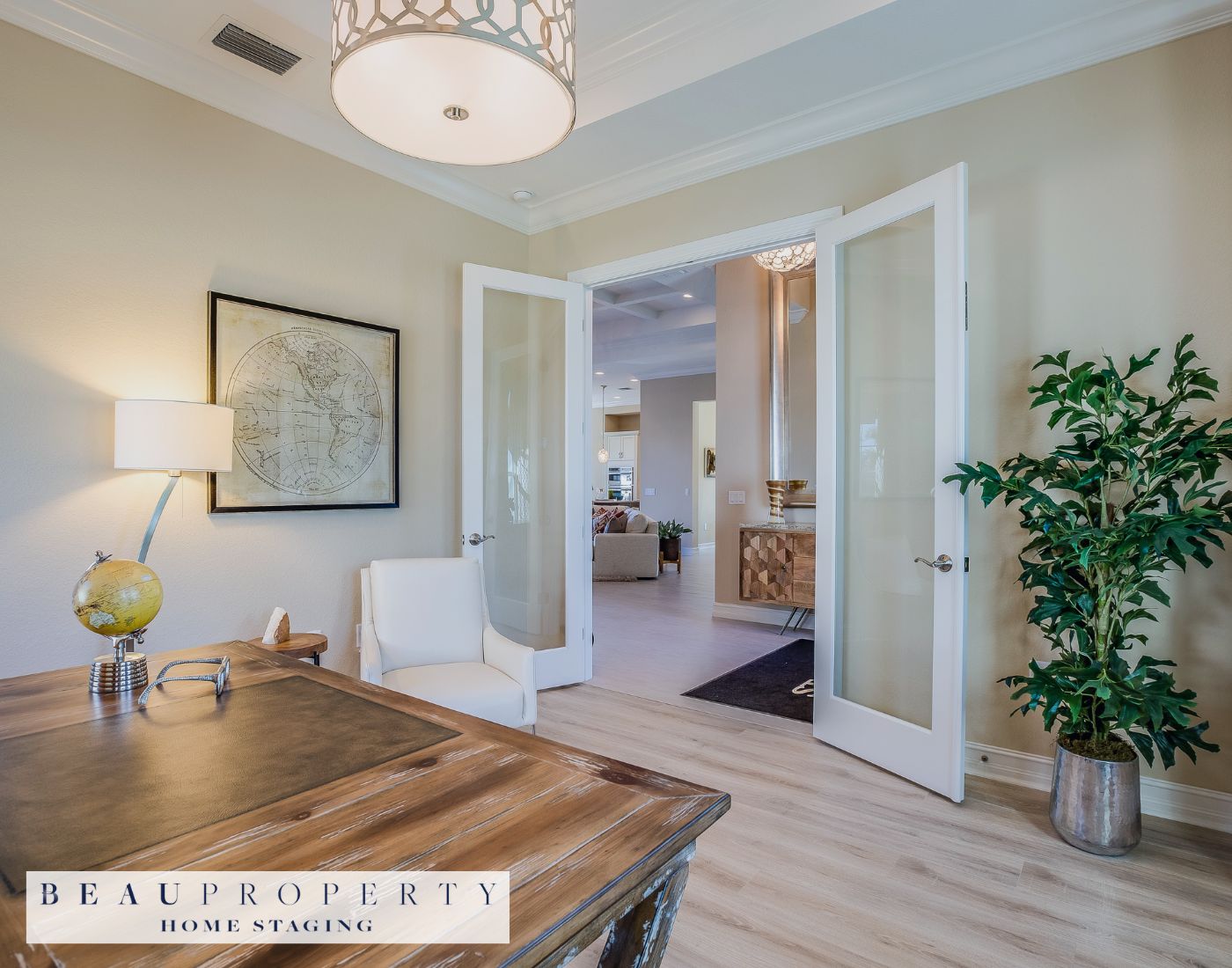Introduction
Imagine stepping into a space that instantly feels like home. This is the power of effective home staging, a critical element in captivating potential buyers and setting the stage for a successful sale. But what exactly does it take to transform your dwelling into a buyer’s dream?
First impressions are paramount in the real estate market. When potential buyers walk through the door, they’re not just looking at the structure and layout; they’re envisioning their future lives unfolding within the walls. How you present your home can make all the difference between a swift sale and a listing that lingers.
To improve your staging, consider the scale and proportion of your home. As your property’s appeal grows, so should the staging efforts to match. Whether it’s bringing in additional furniture to complement the scale of a room or adjusting lighting to highlight architectural details, scaling your staging appropriately can have a dramatic impact on a buyer’s perception.
The Do’s of Effective Home Staging
When preparing to sell your home, effective staging can be the ultimate game-charger. It’s not just about making the space look presentable; it’s a strategic process that enhances the inherent appeal and functionality of your property. Let’s dive into some essential do’s that can make or break the staging process.
Decluttering and Cleaning to Enhance Space and Appeal
First and foremost, decluttering and cleaning are foundational to effective home staging. A clutter-free environment appears more spacious and allows potential buyers to envision their life in the home without distraction. By removing personal items and excess furniture, you create a neutral canvas that appeals to a broader audience. A deep clean further ensures that every surface—from the floors to the ceiling—shines, suggesting meticulous maintenance and care. This not only makes for an attractive presentation but also instils confidence in buyers regarding the home’s condition.
Optimising Lighting for a Warm and Inviting Atmosphere
Lighting plays a pivotal role in setting the right mood. Maximising natural light should be a priority; open curtains and clean windows to let in as much sunlight as possible. For darker areas or evening showings, ensure that you have ample and warm artificial lighting to create a welcoming atmosphere. Upgrading to higher wattage bulbs and adding strategically placed lamps can illuminate the best features of your home and make it feel cosy and inviting.
Strategic Furniture Arrangement to Maximise Room Features and Space
The arrangement of furniture is another critical element of staging. The goal is to showcase the room’s size and functionality while allowing easy movement throughout the space. Consider the flow of each room and arrange furniture to guide potential buyers through the home naturally. Highlighting the room’s focal point, whether it’s a fireplace or a stunning view, can leave a lasting impression. Moreover, by grouping furniture away from walls, you can create intimate settings that demonstrate the potential for entertaining and relaxing.
Using Neutral Decor to Help Buyers Envision Themselves in the Home
While personal style is significant, staging requires a neutral approach to decor. Selecting a palette of soft, warm colours for walls, fabrics, and accessories can make spaces appear larger and brighter. Neutrality doesn’t mean devoid of character; instead, it offers a subtle backdrop against which prospective buyers can project their tastes and lifestyle. This strategic neutrality extends to artwork and accent pieces—choose items that complement the space without dominating it.
Accentuating Key Features Like Hardwood Floors and Natural Light
Last but not least, accentuate your home’s key features. If you’re lucky enough to have hardwood floors, make sure they are polished to perfection. Take advantage of natural light by ensuring windows are unobstructed. These elements are often high on buyers’ wish lists, so showcasing them can significantly enhance your home’s attractiveness. Remember, the objective is to highlight the best aspects of your home while enabling buyers to imagine themselves living there.
The Don’ts of Effective Home Staging
As we move through the labyrinth of preparing a home for sale, it’s equally important to address what not to do. Just as the right touches can enchant potential buyers, certain missteps can equally repel. Let’s navigate the pitfalls to avoid during the home staging process.
Avoiding Over-Personalisation and Bold Colours
While personal flair may be what made your house a home, when staging, it’s best to adhere to a more universally appealing aesthetic. Bold colours and eccentric personal touches can distract or even displease potential buyers. They need to envisage their own lives unfolding within these walls, which can be challenging amidst a sea of your family photos and vibrant wall colours. Stick to neutral tones and depersonalise spaces for broader appeal.
Emphasising the Importance of Exterior Presentation and Curb Appeal
First impressions are lasting ones. The exterior of your home is the first encounter a potential buyer has with the property, making curb appeal crucial. An unkempt yard or chipping paint can suggest neglect, steering buyers away before they step inside. Invest time in landscaping, touch-up paint jobs, and ensure the entrance is welcoming. These details can significantly enhance the perceived value of your home.
Addressing Minor Repairs to Alleviate Buyer Concerns
Little imperfections, while seemingly insignificant, can signal red flags to buyers. They might wonder what larger issues lurk beneath the surface. A leaky faucet, a cracked tile, or a squeaky hinge – each cries out for attention during staging. Tending to these minor repairs can smooth the way to a sale, showing care and maintenance have been priorities during your ownership.
Being Mindful of Not Overcrowding Spaces with Excessive Furniture
Less is often more when it comes to furniture in a staged home. Overcrowding rooms can make them feel smaller and less functional. Aim to strike a balance by furnishing spaces in ways that highlight their purposes while leaving ample room to move. This helps buyers better perceive the dimensions and potential of each area within the home.
Ensuring a Fresh and Clean Smelling Environment by Addressing Odours
Our sense of smell can powerfully influence our perceptions. Unpleasant odours, whether from pets, smoking, or cooking, can be instant turn-offs. Thorough cleaning, airing out the home, or even simple measures like fresh flowers or baking bread during viewings can make a world of difference. A fresh-smelling home is inviting and suggests well-maintained cleanliness.
Conclusion
After delving into the transformative power of home staging, we arrive at a critical juncture: synthesising our newfound knowledge into actionable steps. Reflecting on the key do’s and don’ts, we understand that effective staging is not merely about beautification but strategic presentation. It’s about decluttering and depersonalisation, optimising lighting for ambiance, arranging furniture to showcase spaciousness, and selecting neutral decor to allow potential buyers to imagine their own lives unfolding within the walls. Conversely, we’ve acknowledged that over-personalisation, neglect of curb appeal, ignoring minor repairs, overcrowding spaces, and unpleasant odours can be detrimental to attracting offers.
The impact of staging cannot be overstated when it comes to expediting the selling process. Staged homes often sell faster and for higher prices, as they create an aspirational image for buyers.
In conclusion, whether you’re a seasoned seller or a first-timer on the real estate stage, the power of staging should not be underestimated. Implement these strategies, and you may find the ‘Sold’ sign going up sooner than you think.




